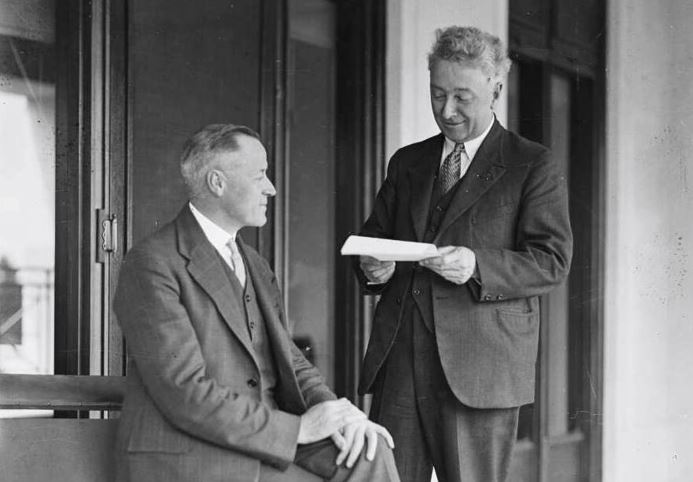- Thread starter
- #21
Admiral Beez
Major
If that's the case, my vote is for lots more MTB and MTGBs from their introduction in 1937. Include Building them in India and Australia for work around Malaya, Burma, PNG and ANZ.The was no limitation on ships under 600 tons.
For those made in India and ANZ, the RAN, RIN and RNZN will crew them.It is all very well to ask how to build more ships. But how do you crew them?

